The Green Bank Telescope is 485 feet high. It weighs 17 million pounds and has a dish 2.3 acres across. The GBT is the largest moving structure on land, and the largest fully-steerable telescope in the world. It was completed in 2000 and remains the most accurate and versatile large single-dish telescope in use today.
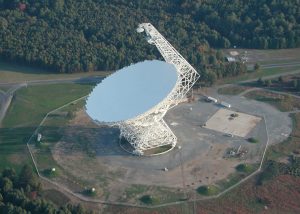
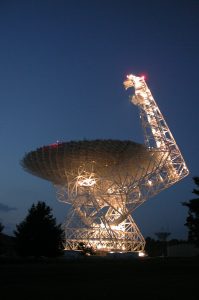
Looking Rather Festive
The maintenance lights on the Green Bank Telescope (GBT) create this stunning twilight scene in West Virginia.
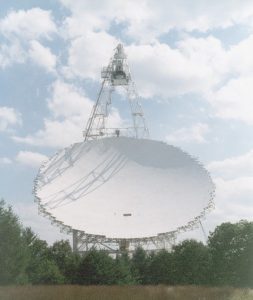
Great Big Smile
The 2.3-acre dish of the Green Bank Telescope is the largest moving object on land. The GBT’s unique design places its receivers off the edge, at the top in this photo, to keep them from blocking incoming radio waves from hitting the dish.
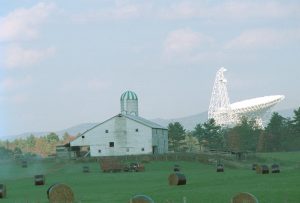
Bigger than a Barn
The Green Bank Telescope is 485-feet tall and weighs 17 million pounds. The GBT is the largest moving object on land, and is an unmistakable landmark in West Virginia.
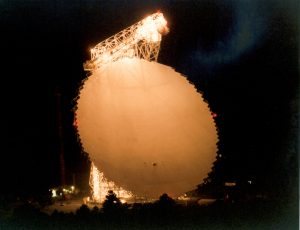
GBT at Night
All 2.3 acres of the Green Bank Telescope surface shine under the bright maintenance lights.

Hidden in the Storm
Green Bank, West Virginia gets a lot of snow, and this tipped view of the Green Bank Telescope (GBT) is a familiar sight to those who live here. In this position, the 100-meter dish of the world’s largest steerable telescope is less likely to accumulate snow.





